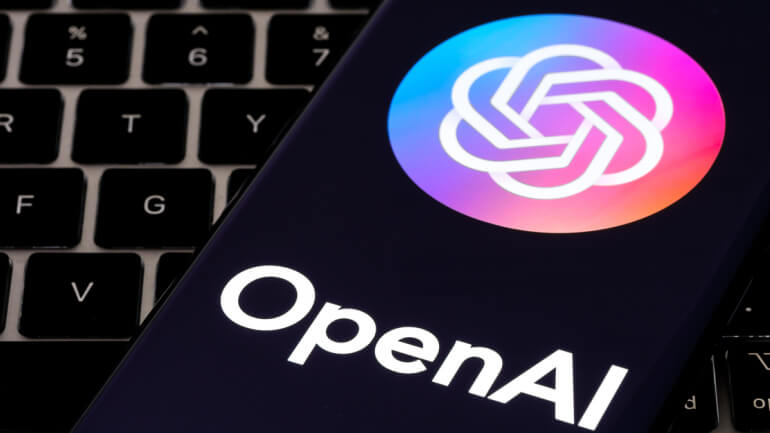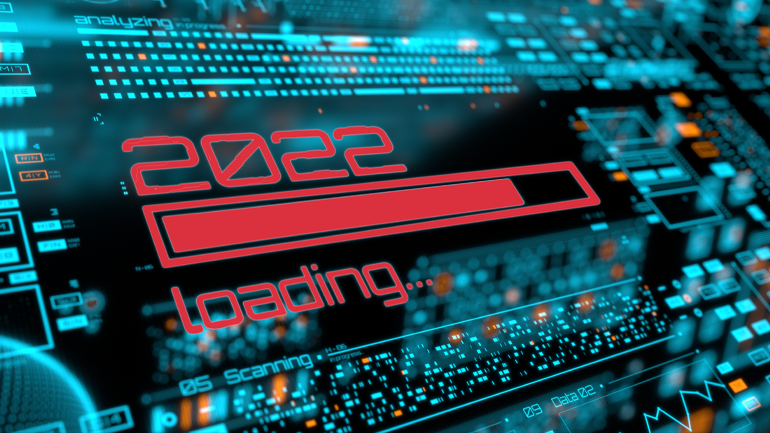Microsoft and Salesforce have emerged as leaders in the low-code space for their integration of generative AI, according to a report by GlobalData, a prominent data and analytics company. The digital transformation era has fueled the demand for rapid app development and intelligent automation, prompting innovative enterprises to explore the potential of emerging technologies. The “Low-Code Platforms: Competitive Landscape Assessment” report by GlobalData highlights the fiercely competitive nature of the low-code market segment. Microsoft has strengthened its position by combining its Power Automate offering with the new Azure OpenAI service. On the other hand, Salesforce has been consolidating its Salesforce Flow/Automation and Einstein tools, including Einstein GPT CRM tools, within its Data Cloud platform. Charlotte Dunlap, Research Director at GlobalData, acknowledges the rapid entry of global public cloud platform providers such as Google, Microsoft, and Amazon into the low-code market. These companies are launching strategies centered around visualization tools, automation…
Thematic integrates Generative AI into their feedback analytics platform, enhancing customer feedback analysis through large language models. Their new Theme Summarizer feature offers easy-to-read summaries, while visualizations and reports aid product decision-making and trend identification.
GPT-4 is the latest artificial intelligence (AI) model produced by OpenAI, a San Francisco-based research lab. The AI model, which is intended to improve deep learning, is available to paying OpenAI users via ChatGPT Plus with a usage cap. Developers may join a waitlist to gain access to the API. GPT-4 is capable of handling more sophisticated tasks than its predecessor, GPT-3.5. This AI software version can generate text, process image and text inputs, and perform at a “human level” when related to a variety of professional and academic benchmarks. OpenAI spent six months “iteratively aligning” GPT-4 using lessons learned from an internal adversarial testing program and ChatGPT. The model’s skills extend beyond visual understanding; it can label and analyze relatively complicated images, as well as handle nuanced instructions. A number of high-profile clients are presently using GPT-4. Stripe uses GPT-4 to scan company websites and provide a…
Technology is rapidly progressing, resulting in a significant acceleration in technological advancements. Technological improvements have boosted innovation, agility and market development. Telecommunications is one of those businesses where experts debate which developments will have the most influence in the near future, as the latest technologies are essential in a fast-moving and fast-changing sector like telecoms. Now that we are getting closer to the start of 2022, it is time to look at the trends that will influence the telecom business in order to better grasp how this sector will change in the coming year. So, let us take a look at some technological advancements so you know what to look forward to and embrace. Wi-Fi 6 Wi-Fi 6 is a Wi-Fi network with an extendeds range, allowing for a higher density of connected devices, and providing faster communications. For starters, expanding Wi-Fi 6 networks will increase capacity, speed and reduce…







